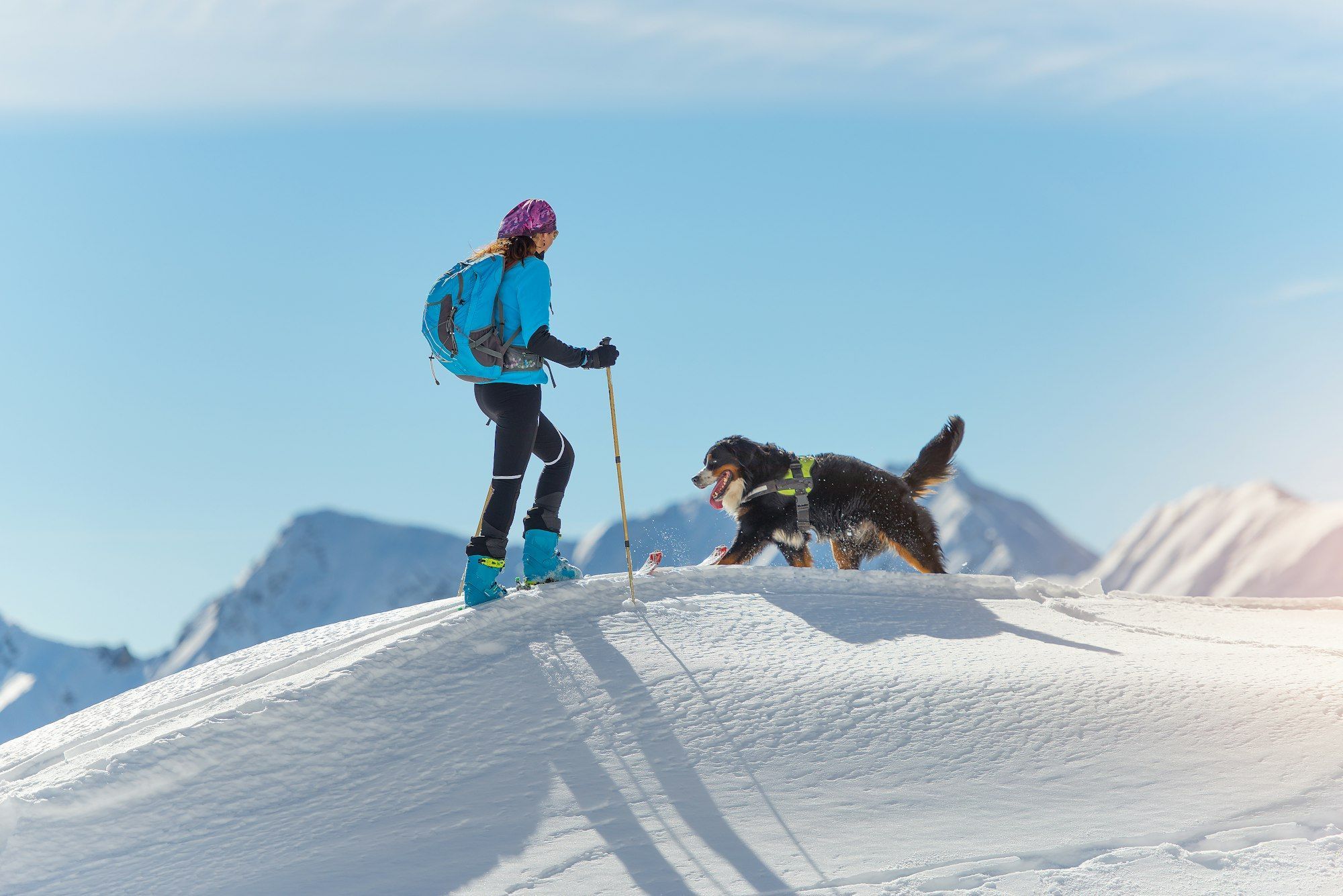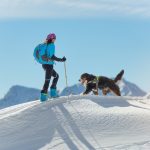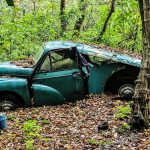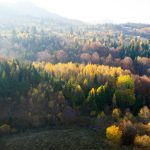Snowdonia, known as Eryri in Welsh, is a magnificent destination for hiking enthusiasts. This national park in North Wales boasts breathtaking landscapes, rugged mountains, and diverse wildlife. However, hiking in Snowdonia requires careful planning and preparation to ensure a safe and enjoyable experience. In this guide, we will explore the best practices for safe hiking in Snowdonia, helping you make the most of your adventure while minimizing risks.
Understanding Snowdonia National Park
Snowdonia National Park, covering over 800 square miles, is renowned for its dramatic scenery and varied terrain. From the towering peaks of Mount Snowdon, or Yr Wyddfa, to the serene valleys and glacial lakes, the park offers something for every nature lover. However, the beauty of Snowdonia also comes with challenges, especially for those unfamiliar with mountain environments.
Also to see : What are the best practices for photographing the autumn foliage in the Cotswolds?
When hiking in Snowdonia, it is vital to recognize the unpredictable weather conditions that can change rapidly. The park’s topography means that clear skies can quickly give way to fog, rain, and strong winds. Additionally, the diverse routes, such as the popular Miners Track and the challenging Crib Goch, demand different levels of fitness and experience.
Thus, comprehending the unique characteristics of Snowdonia is crucial. You should always respect the mountains and be prepared for any eventuality. Understanding the environment, planning your route, and being aware of the park’s regulations are foundational steps for a safe hiking experience.
This might interest you : What are the best dog-friendly beaches in Devon?
Preparing for Your Hike
Preparation is the key to a safe and enjoyable hike in Snowdonia. This section will guide you through the essential steps you should take before setting off on your adventure.
Choose the Right Route
Snowdonia offers numerous hiking routes, each with varying difficulty levels. Selecting the appropriate route based on your experience and fitness level is paramount. Popular routes include:
- Miners Track: A relatively easy route, perfect for beginners and families, offering stunning views without too much elevation gain.
- Pyg Track: A moderately challenging path that provides scenic vistas and a direct route to the summit of Mount Snowdon.
- Crib Goch: For experienced hikers only, this route involves a knife-edge ridge and requires a head for heights and sure-footedness.
Check the Weather
Snowdonia’s weather is notoriously unpredictable. Always check the forecast before your hike and be prepared for sudden changes. Pack appropriate clothing, including waterproof layers, warm garments, and sturdy boots. Remember, the weather at the summit can be drastically different from the base level.
Plan Your Route
Ensure you have a detailed map of the area and a clear understanding of your chosen path. Familiarize yourself with key landmarks and potential escape routes. Inform someone about your plans, including your expected return time, to ensure that someone will raise the alarm if you do not return as scheduled.
Pack Essentials
Your backpack should include essential items for safety and comfort:
- Navigation tools: Map, compass, and a GPS device or smartphone with a reliable mapping app.
- First aid kit: Include bandages, antiseptics, and any personal medications.
- Food and water: High-energy snacks and sufficient water to stay hydrated.
- Emergency shelter: A lightweight bivvy bag or emergency blanket.
- Torch and spare batteries: Essential if you get caught out after dark.
- Whistle: For attracting attention in case of an emergency.
Fitness and Training
Ensuring you are physically fit for the chosen route will enhance your safety and enjoyment. Regular walking or hiking, combined with strength and endurance training, can prepare your body for the challenges of mountain terrain.
During the Hike
With preparation in place, the focus now shifts to the hike itself. Following these best practices will help you navigate safely and make the most of your time in Snowdonia.
Start Early
Starting your hike early gives you ample daylight to complete your route. It also reduces the risk of being caught in adverse weather conditions that often develop later in the day. An early start allows for a more leisurely pace, letting you enjoy the scenery without being rushed.
Stick to Marked Paths
While it might be tempting to explore off the beaten track, sticking to established paths reduces the risk of getting lost or encountering hazardous terrain. In Snowdonia, marked trails are designed to guide hikers safely through the mountains and minimize environmental impact.
Monitor the Weather
Keep an eye on the weather conditions throughout your hike. If you notice changes such as darkening skies, increasing winds, or dropping temperatures, consider turning back or finding shelter. Your safety is more important than reaching the summit.
Stay Hydrated and Energized
Regular hydration and nutrition are crucial for maintaining energy levels and cognitive function. Drink water frequently and consume high-energy snacks to keep your body fueled. Dehydration and low energy can impair your judgment and physical abilities, increasing the risk of accidents.
Be Aware of Your Surroundings
Constantly assess your surroundings and be mindful of potential hazards such as loose rocks, steep drops, and slippery paths. In areas like Crib Goch, where the terrain is particularly treacherous, maintaining focus and caution is essential.
Respect Wildlife and the Environment
Snowdonia is home to diverse wildlife and delicate ecosystems. While hiking, respect the natural environment by not disturbing animals, staying on marked paths, and taking all your litter with you. Following the Leave No Trace principles helps preserve Snowdonia for future generations.
Responding to Emergencies
Even with the best preparation, emergencies can still occur. Knowing how to respond effectively can make a significant difference in outcome.
Recognize the Signs of Trouble
Be vigilant for signs of hypothermia, dehydration, and exhaustion in yourself and your companions. Early symptoms include shivering, dizziness, confusion, and extreme fatigue. Address these signs immediately by finding shelter, providing warmth, and rehydrating.
Use Your Whistle
If you become lost or injured, using a whistle to signal for help is more effective than shouting, particularly in windy conditions. The international distress signal is six blasts, repeated at regular intervals. Pause briefly after the six blasts to listen for any response.
Contact Mountain Rescue
In a severe emergency, contacting Mountain Rescue can save lives. Ensure you have the local emergency number saved on your phone. Provide clear information about your location, the nature of the emergency, and any relevant details about the group.
Stay Put if Lost
If you become disoriented and cannot find your way, it is often safer to stay put and wait for help rather than wandering further. This strategy conserves your energy and makes it easier for rescuers to locate you.
Snowdonia, or Eryri, offers a stunning backdrop for hiking adventures. By understanding the environment, preparing meticulously, and following safe hiking practices, you enhance your chances of having a rewarding and safe experience. Choose routes wisely, monitor the weather, respect the natural environment, and be prepared for emergencies. These best practices will help you enjoy the majestic beauty of Snowdonia while ensuring your safety.
Hiking in Snowdonia can be an unforgettable experience when approached with respect and caution. Equip yourselves with knowledge and preparation, and let the mountains bestow their wonders upon you. Happy hiking!











